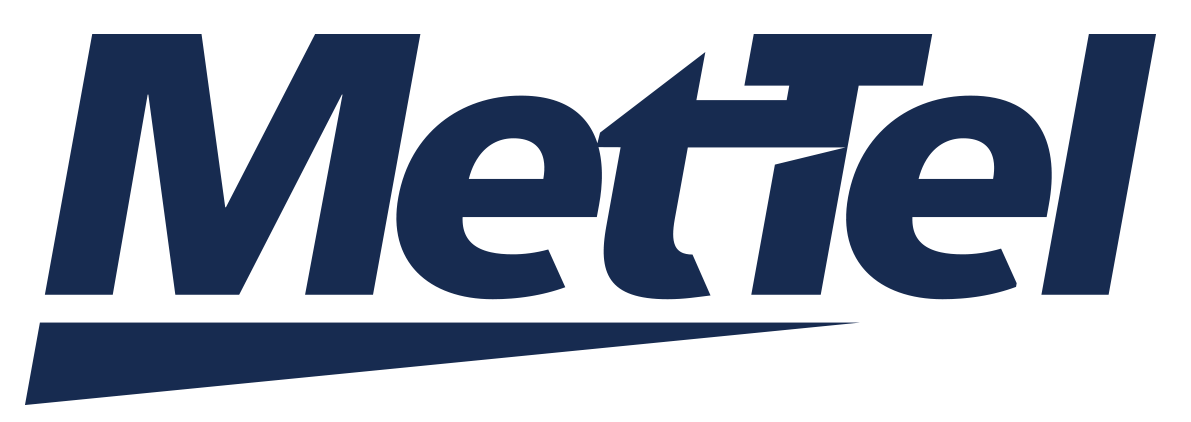Ten years ago, businesses were just beginning to come to terms with the smartphone revolution, as iPhones and Blackberries were becoming mainstays in offices throughout the US. Just as the Internet and personal computers transformed business in the decades before that, the smartphone upended traditional operations and provided a powerful new productivity tool. Now as we begin a new decade, the next chapter in the evolution of mobility is upon us: always-on connectivity.
First though, what is always-on connectivity and why is it so important at the dawn of this new decade? Always-on connectivity is as the name suggests: mobile connectivity that never lapses and never takes a break. It’s made possible by the advancement of networking technology throughout the world and supercharged by emerging technologies like AI and 5G. It means that not only will organizations be able to equip their employees with mobile devices that can be used seamlessly across various mobile carriers, they will also be able to equip their workforces with mobile capabilities that will take the smartphone technology beyond the handset and empower them with new capabilities.
The transition to always-on connectivity will have major implications for businesses, and it’s already starting to take hold in some sectors. From a cost perspective, new capabilities will allow for more flexibility while also enabling businesses to purchase mobility solutions that are tailor-made for them. Functionally, always-on connectivity will make workers more productive and efficient and allow managers to glean deep insights into productivity and resource allocation in real-time.
The potential is revolutionary
One prime example where always-on connectivity is already being employed is within public utilities. City services like trash collection, for example, are already turning their vehicles into roaming hotspots and equipping them with “connected intelligence” and location-based capabilities that integrate with in-vehicle technology. Drivers no longer need a smartphone to communicate with dispatchers or fleet managers; their vehicles are effectively connected mobile computers.
Fleet tracking solutions can now integrate with personal navigation devices in vehicles, such as GPS applications, to optimize routes. Information can be displayed for the driver on large, easy-to-see displays, so they never have to take their eyes off the road to look at a handheld device. AI can automate the dispatch process to direct field workers directly to job sites where they are needed and allow the fleet managers to dispatch the vehicle closest to the site. The net-net of this is lower costs, time savings, and increased productivity, greatly improving the effectiveness of the service.
The fact that all this information is conveyed to drivers by screens within their vehicle rather than on a smartphone is crucial as well. According to the National Highway Traffic Safety Administration, each day in the United States approximately nine people are killed and more than 1,000 injured in crashes that are reported to involve a distracted driver. By turning vehicles into roaming mobile devices, always-on connectivity helps drivers keep their eyes on the road while equipping the vehicle with connected safety features—such as an “SOS button”—that can instantly alert staff that there is an emergency in the vehicle or on the job site.
In action: The City of Phoenix
One real-world example where always-on connectivity is being used is in Phoenix, where MetTel is supplying advanced Internet of Things (IoT) technology to help the city automate its waste and water management fleets to meet ambitious goals it has set for itself.
Phoenix, which is the fifth-largest city in the US with a population of 1.6 million people, is situated across a whopping 540 square miles. That means that, unlike some cities that are more dense, Phoenix’s waste and water management fleets must cover a lot of ground in their day-to-day operations. To complicate things further, Phoenix is the fastest-growing city in the US, so officials need to stay on top of a vast and rapidly expanding operation in order to serve their community.
A SingleSIM solution will provide coverage at any time for field workers, equipment and vehicles and real-time transmission and access to data, regardless of cellular coverage, by automatically enabling the best carrier signal to be used for data transmission, as vehicles move around the city.
Since adopting the technology in 2019, the city has been able to get real-time visibility into its fleet using telematics and mobile and workforce automation tools that are able to streamline all the work being done in the field. Managers are able get vehicle location intelligence, fuel management data and engine diagnostics in real time, allowing them to make snap adjustments and track productivity in newly effective ways. The city is also using a live in-cab video application with integrated AI to monitor driver safety and allow for real-time driver feedback.
In addition to enhanced productivity, Phoenix is leveraging technology to help divert 40 percent of its waste stream by this year, with the goal of having zero waste by 2050. This is an incredibly ambitious goal for a city as large and rapidly growing as Phoenix, but with advancing always-on connectivity enabling the city to operate an efficient fleet, it’s using the tools necessary to make progress toward this goal.
Phoenix has proven to be a trailblazer when it comes to adopting always-on connectivity, but in the coming years most major cities will be forced to upgrade their capabilities as they seek to monitor, track and optimize their resources in real time. Environmental goals will play a huge part in pushing governments to invest in always-on connectivity as mandates around sustainability will demand more efficient use of resources.
A new cost and consumption model
Until now, connectivity has always been limited by your network carrier. If you find yourself in an area where your provider has low connectivity, you’re out of luck. Is your mobile network congested and you can’t send that urgent email out? You’re going to have to wait. Always-on connectivity means that you will not have to suffer through network congestion or dead zones. Whether you’re operating a smart vehicle or using a smartphone, no matter where you are in the world your device will automatically find the strongest wireless signal.
The technology that makes this possible lies in a new SIM product that is just being introduced to the market that will allow users to provision traditional mobile services on all major networks. Networks will have to compete on price and connectivity for your business, and it will include a new pricing model that allows businesses to purchase exactly what they need—no more and no less.
This advancement is at the heart of always-on connectivity, and as 5G becomes a viable option for businesses in the coming years, it will be leveraged to provide the type of fast and efficient mobile connectivity once only envisioned in science fiction movies.
Always on, already here
When can we expect to see always-on connectivity in wide use? The answer depends on how quickly businesses and governments digitally transform and prepare themselves to utilize the technology. Consider the following to evaluate if your network is prepared to handle always-on connectivity:
- Audit your network infrastructure and determine its ability to provide always-on connectivity. Can your local network support data flowing around the clock? If you are implementing IoT projects, will your network support new requirements?
- If your company has broader digital transformation projects, look for opportunities to piggyback on them and leverage upgraded infrastructure.
- Prepare for an increase in the amount of data crossing your network and ensure that internal systems—WAN, for example—can handle the traffic.
- Shore up security. Adding devices adds connections to your network, which could open the door to new cyberthreats.
While always-on connectivity is here for some, more organizations need to do groundwork to prepare themselves. In the coming years, however, as we see wide adoption along with 5G connectivity, the technology promises to revolutionize how many businesses operate, while helping us optimize resources to make our cities cleaner, safer and more efficient.
Through the years, the hype around certain emerging technologies has often fallen flat, but the coming renaissance in connectivity is real and imminent, and it will have a transformational impact on how we live and do business.




